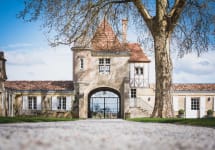Chateau Rauzan-Segla 2014
-
James
Suckling -
Wine
Enthusiast -
Robert
Parker -
Jeb
Dunnuck -
Wine
Spectator
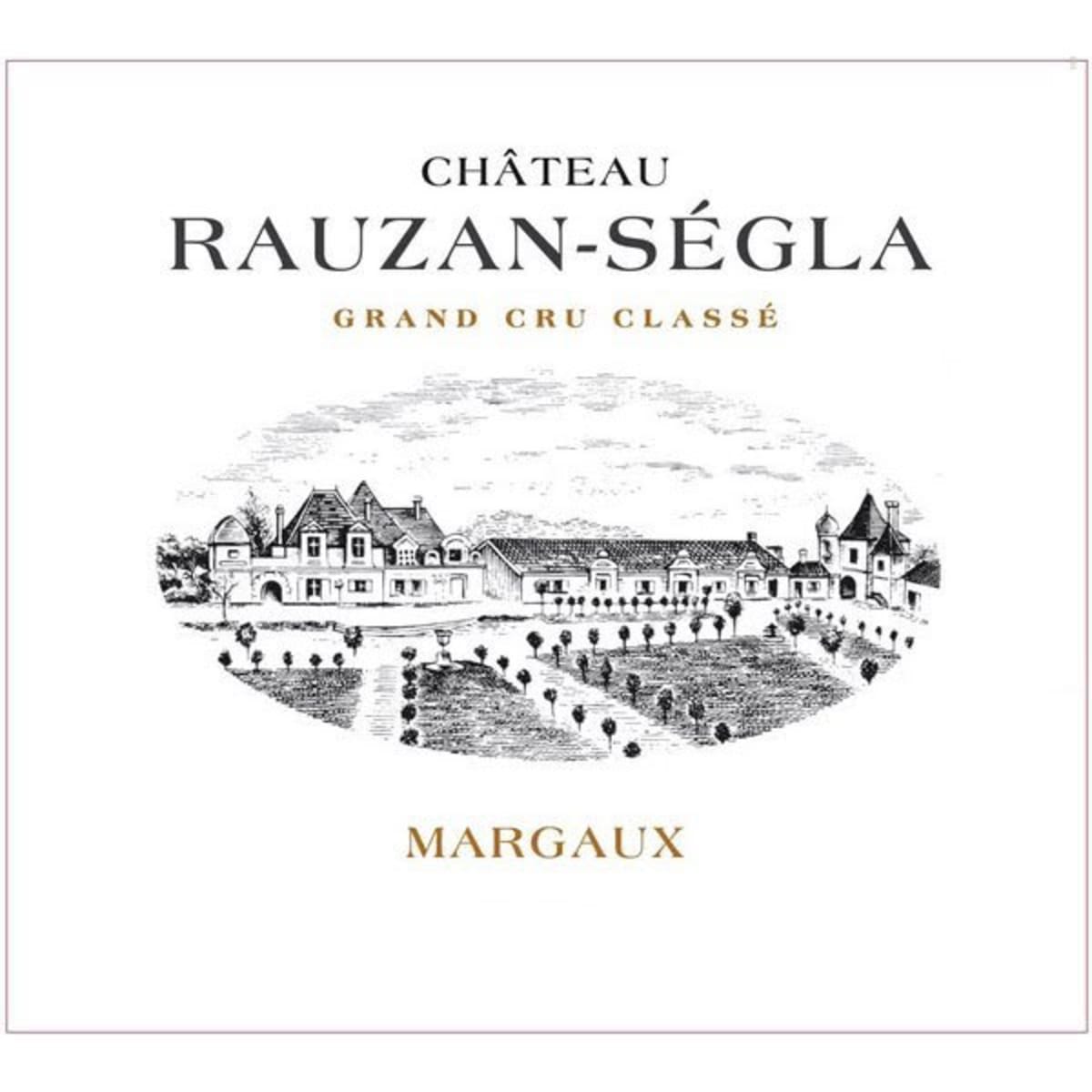

Product Details
Your Rating
Somm Note
Winemaker Notes
Blend: 56% Cabernet Sauvignon, 42% Merlot, 1% Petit Verdot and 1% Cabernet Franc
Professional Ratings
-
James Suckling
Fantastic aromas of blackberries, blackcurrants and strawberries follow through to a full body, super-integrated tannins and an extremely long finish. The bright acidity gives the wine a linear edge that focuses in all the fruit. Minerally. Drink in 2021.
-
Wine Enthusiast
With good balance between the fruit and acidity, this is a stylishly structured wine. The tannic core grounds the fruitiness and gives both texture and aging potential to this ripe, fresh wine. Barrel Sample: 94
-
Robert Parker's Wine Advocate
The deep garnet colored 2014 Rauzan-Ségla reveals an open-knit, expressive nose of potpourri, unsmoked cigars, spice box and red loam with a core of plum preserves, blackcurrant jelly and bay leaves plus a touch of garrigue. Medium to full-bodied with compelling earthy layers and a real savoriness in the mouth, it has firm, chunky tannins and bold freshness, finishing on a lingering mineral note. The blend this year is 56% Cabernet Sauvignon, 42% Merlot, 1% Petit Verdot and 1% Cabernet Franc, harvested between September 22nd and October 16th, at an average yield of 37 hectoliters per hectare. It was aged for 18 months in French oak, 60% new. The alcohol is 13.5%.
-
Jeb Dunnuck
The 2014 Rauzan-Ségla is another classic Margaux that shines for its elegance and complexity, the hallmarks of this beautiful estate. Ample black and blue fruits, cedarwood, and spice notes all emerge from the glass, followed by medium to full body, a beautiful texture, polished, sweet tannins, and a great finish. It’s unquestionably enjoyable today, but it will benefit from a handful of years in the cellar and keep for 20-25 years.
-
Wine Spectator
Soft-edged, with plum and black cherry fruit, laced with light sandalwood and tea notes that linger through the supple finish, which gains some extra velvety layers of blackberry and anise with air. Barrel Sample: 89-92
Other Vintages
2024- Vinous
-
James
Suckling
- Vinous
-
Robert
Parker - Decanter
-
Jeb
Dunnuck
-
Jeb
Dunnuck -
Wine
Spectator -
Robert
Parker -
James
Suckling - Decanter
- Vinous
- Decanter
-
James
Suckling -
Jeb
Dunnuck -
Robert
Parker -
Wine
Spectator
-
Robert
Parker - Decanter
-
Jeb
Dunnuck -
James
Suckling -
Wine
Enthusiast - Vinous
-
Jeb
Dunnuck - Decanter
-
Robert
Parker -
Wine
Spectator
-
James
Suckling -
Jeb
Dunnuck -
Robert
Parker -
Wine
Enthusiast - Decanter
-
Wine
Spectator
-
Robert
Parker -
Wine
Enthusiast -
Jeb
Dunnuck -
Wine
Spectator - Decanter
-
James
Suckling
-
Jeb
Dunnuck -
James
Suckling -
Robert
Parker -
Wine
Enthusiast - Decanter
-
Wine
Spectator
-
Jeb
Dunnuck -
Robert
Parker -
James
Suckling - Decanter
-
Wine
Enthusiast -
Wine
Spectator
-
Wine
Enthusiast -
Jeb
Dunnuck -
Robert
Parker -
James
Suckling -
Wine
Spectator
- Decanter
-
Wine
Enthusiast -
Jeb
Dunnuck -
James
Suckling -
Robert
Parker -
Wine
Spectator
-
James
Suckling -
Jeb
Dunnuck -
Wine
Enthusiast - Decanter
-
Robert
Parker -
Wine
Spectator
-
James
Suckling -
Wine
Enthusiast -
Jeb
Dunnuck -
Robert
Parker -
Wine
Spectator -
Wine &
Spirits
-
James
Suckling -
Wine
Enthusiast -
Jeb
Dunnuck -
Wine
Spectator -
Robert
Parker
-
Wine
Enthusiast -
James
Suckling -
Robert
Parker -
Wine
Spectator
-
James
Suckling -
Wine
Spectator -
Wine &
Spirits -
Wine
Enthusiast -
Robert
Parker -
Whisky
Advocate -
Jeb
Dunnuck
-
Wine
Enthusiast -
Robert
Parker -
Wine
Spectator
-
Wine
Enthusiast -
Wine
Spectator -
Robert
Parker
-
Wine
Spectator -
Jeb
Dunnuck -
Wine &
Spirits -
Wine
Enthusiast -
James
Suckling -
Robert
Parker
-
Jeb
Dunnuck
-
Robert
Parker -
Jeb
Dunnuck
- Decanter
-
Wine
Spectator -
Robert
Parker -
Jeb
Dunnuck
-
Wine
Spectator -
Robert
Parker -
Jeb
Dunnuck
-
Wine
Spectator
-
Robert
Parker -
Wine
Spectator
-
Robert
Parker
-
Wine
Spectator
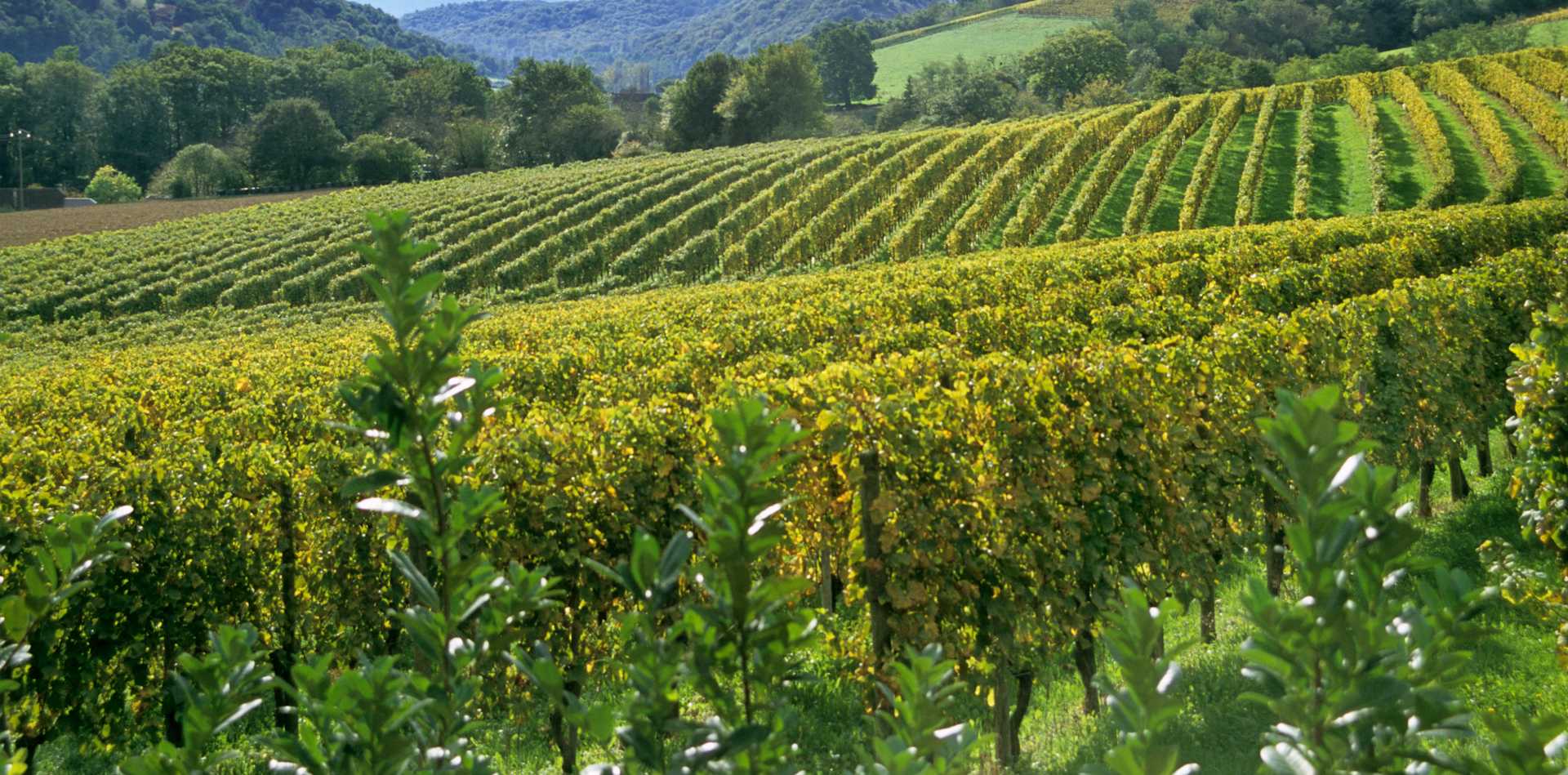
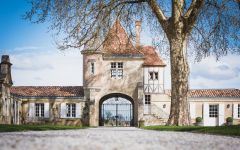
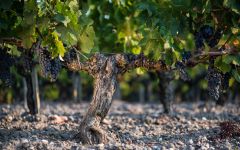
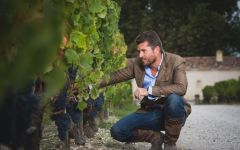
The wines here have delighted many well-know figures, most famously Thomas Jefferson who came across this wine during his visit to the vineyards of Bordeaux, placing an order for several cases of it. He thus became a fervent admirer or Rauzan-Segla wines. Some decades later, the 1855 Classification ranked Chateau Rauzan-Segla as a Second Growth.
The current chateau was built in 1903, designed by architect Louis Garros, who drew inspiriation from the original Perigord-style buildings in the the chateau, as well as G. LeBreton who designed the park and green spaces. Then time went by and the chateau gradually fell into a slumber.
Then, CHANEL purchased Chateau Rauzan-Ségla in April 1994 and immediately started a full renovation programme. The vineyard has been drained – a 15-kilometer network is now in place, 2 parcels of Petit Verdot were planted and 3 hectares of vines were grafted over with Merlot. Today, 51 hectares are in production for an average total production of 200 000 bottles – Chateau Rauzan- Ségla and its second wine Ségla. The winery has been adapted and large vats progressively replaced by smaller capacities – matching the parcels' sizes. From the 2004 picking on, grapes will be sorted on two 10-meter long vibrating tables, so that each single berry is checked before entering the vats. Maturation cellars have been completely renovated and a new room built for the bottling-labelling machines – making Chateau Rauzan-Ségla fully independent for the entire production process.

One of the world’s most classic and popular styles of red wine, Bordeaux-inspired blends have spread from their homeland in France to nearly every corner of the New World. Typically based on either Cabernet Sauvignon or Merlot and supported by Cabernet Franc, Malbec and Petit Verdot, the best of these are densely hued, fragrant, full of fruit and boast a structure that begs for cellar time. Somm Secret—Blends from Bordeaux are generally earthier compared to those from the New World, which tend to be fruit-dominant.

Silky, seductive and polished are the words that characterize the best wines from Margaux, the most inland appellation of the Médoc on the Left Bank of Bordeaux.
Margaux’s gravel soils are the thinnest of the Médoc, making them most penetrable by vine roots—some reaching down over 23 feet for water. The best sites are said to be on gentle outcrops, or croupes, where more gravel facilitates good drainage.
The Left Bank of Bordeaux subscribes to an arguably outdated method of classification but it is nonetheless important in regards to history of the area. In 1855 the finest chateaux were deemed on the basis of reputation and trading price—at that time. In 1855, Chateau Margaux achieved first growth status, yet it has been Chateau Palmer (officially third growth from the 1855 classification) that has consistently outperformed others throughout the 20th century.
Chateau Margaux in top vintages is capable of producing red Cabernet Sauvignon based wines described as pure, intense, spell-binding, refined and profound with flavors and aromas of black currant, violets, roses, orange peel, black tea and incense.
Other top producers worthy of noting include Chateau Rauzan-Ségla, Lascombes, Brane-Cantenac, and d’Issan, among others.
The best wines of Margaux combine a deep ruby color with a polished structure, concentration and an unrivaled elegance.
